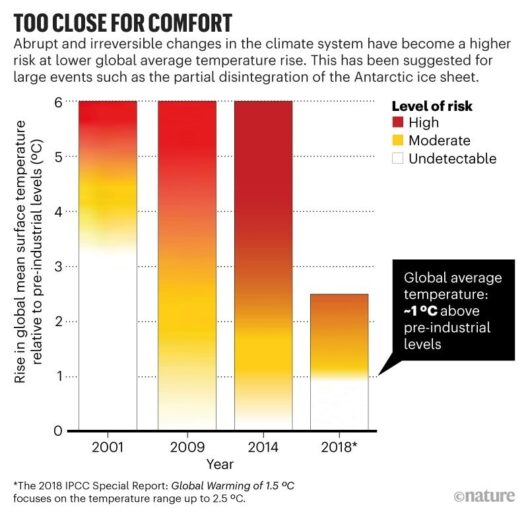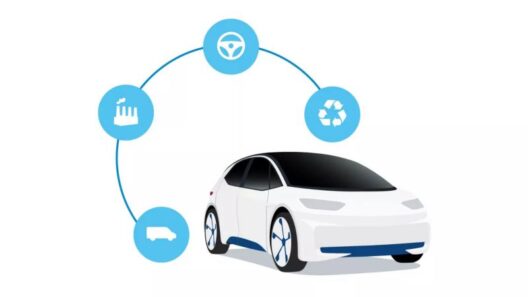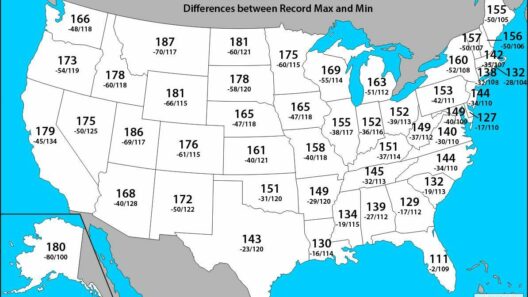Climate change continues to loom as one of the most significant challenges of our time. As nations grapple with strategies to mitigate its effects, California has taken an innovative approach through the California Climate Credit. But what exactly is this credit, who is eligible to receive it, and, most importantly, why does it matter? Let’s delve into the intricacies of this program and uncover its implications for the environment and residents alike.
The California Climate Credit is a financial incentive designed to address the rising costs associated with California’s cap-and-trade program, which aims to reduce greenhouse gas emissions across various sectors. This initiative encourages businesses to adopt cleaner energy practices. In essence, polluting entities must purchase allowances for the carbon dioxide they release, thereby creating a financial disincentive to continue harmful practices. The revenue generated from these allowances is then redistributed to California residents in the form of this climate credit on utility bills.
But who benefits from this credit? Primarily, residential energy customers—specifically, those using electricity from specified utility providers such as Pacific Gas and Electric (PG&E), Southern California Edison, and San Diego Gas & Electric—are recipients of this program. It is calculated based on a tiered system, where the amount varies according to the customer’s energy usage and the utility provider. For instance, a household’s annual credit can typically range from $40 to $120, which may not seem colossal, but every bit helps in offsetting energy costs for consumers.
Now, consider this: with so many complexities surrounding climate initiatives, how effective is this credit in fostering meaningful change? While the intent behind it is commendable, the effectiveness of these credits may depend on broader participation and engagement from residents. The cadence of environmental action often requires more than financial incentives—it necessitates an awakening of consciousness towards sustainable living.
A significant challenge arises when we ponder whether monetary compensation alone can spur a fundamental shift in behavior. It’s salient to recognize that climate change is not merely an economic issue; it’s a lifestyle challenge. A resident may receive their credit, yet still remain indifferent to energy consumption. Thus, the climate credit may serve as an introduction to sustainability but fails to entirely reshape societal attitudes towards energy usage.
Moreover, the California Climate Credit should be understood within the larger context of California’s ambitious climate goals. The state has set aggressive targets to reduce greenhouse gas emissions by 40% below 1990 levels by 2030, striving for a carbon-neutral economy by 2045. This broader framework is crucial since the credit is just one cog in a much larger machine geared toward transformation. That is why it matters greatly it is both a financial incentive and a signal of the state’s commitment to environmental stewardship.
But what are the implications of these credits beyond the mere transfer of funds? One of the most vital aspects is social equity. The program seeks to ensure that all California residents, irrespective of their socioeconomic status, share in the financial benefits arising from state measures designed to combat climate change. Consequently, it empowers lower-income residents who might otherwise be disproportionately burdened by energy costs, helping level the playing field in terms of environmental well-being.
The ripple effects of the California Climate Credit extend into community engagement and education. As households receive information about their credits, they are also given insights into energy conservation practices. Such educational initiatives foster a culture of sustainability, where community members feel informed and equipped to make better choices. This could include using energy-efficient appliances, engaging in renewable energy programs, or participating in local sustainability initiatives.
Additionally, integrating climate credits with ongoing advocacy for renewable energy enhances their value. As California champions the transition to renewable sources such as solar and wind, the climate credit promotes these technologies, nudging residents toward greener choices. Enabling residents to invest the financial incentives they receive into renewable technologies can amplify the overall impact on carbon reduction efforts.
Yet, with all these benefits, one must still question the perpetuity of such credits. The efficacy of these climate credits hinges on the sustainability of state-level and national policies supporting climate action. Without robust frameworks in place, what may initially seem like a successful initiative could unravel. This potential for discontinuity raises a thought-provoking problem: what happens when the credits become insufficient to engender the desired cultural shifts?
In conclusion, the California Climate Credit stands as an innovative effort to address climate change while providing financial respite to households. However, the effectiveness of this initiative goes beyond mere monetary compensation. It invites a broader discourse regarding energy consumption, social equity, and the future of California’s environmental policies. To achieve meaningful changes, residents must harness this credit as a stepping stone—a launchpad for more profound understanding and involvement in climate initiatives. Indeed, as we push onward in addressing the intricacies of climate change, let us not only reap the benefits of such credits but also immerse ourselves in the principle of sustainable living. This is a collective journey—one that necessitates our engagement, reflection, and action.






